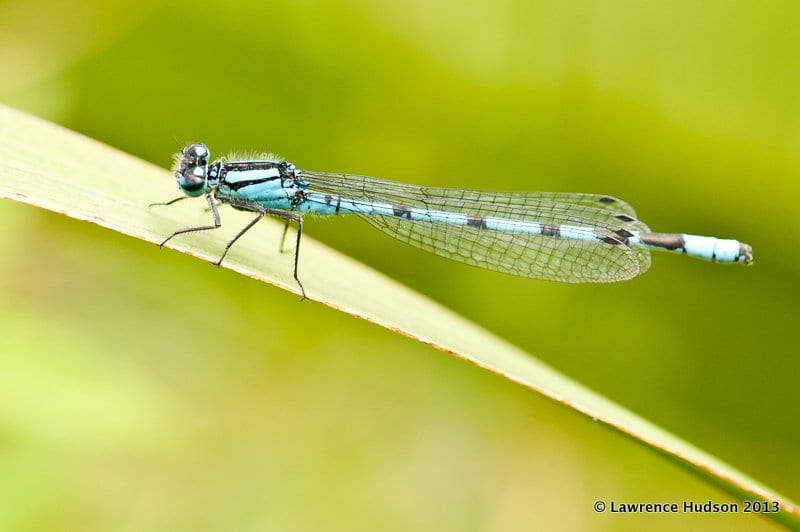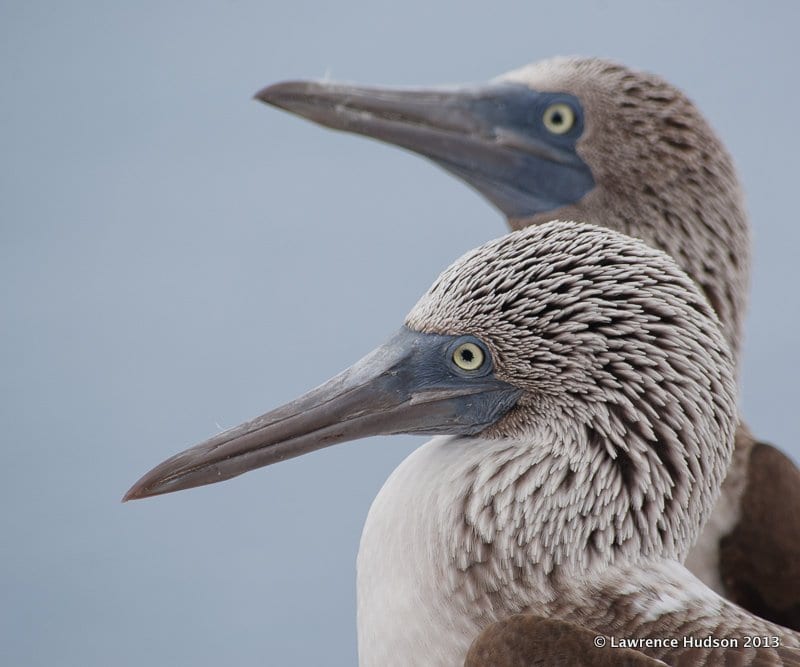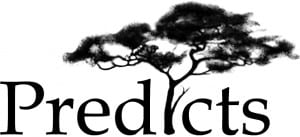The Delicate Balance of Effect and Response
By Claire Asher, on 18 February 2014
We may not always be aware of it, but many wild plants, animals, fungi and even bacteria, provide crucial services to us which keep the ecosystems of Earth functioning. Environmental changes caused by human activities are now threatening many species, and those that cannot withstand these changes may be lost forever, potentially taking the services they provide away. New research from GEE and collaborators worldwide aims to improve our understanding of how the traits and evolutionary histories of species influence their ability to provide essential ecosystem services, and to persist in the face of ongoing environmental change.
The diverse array of species we share planet Earth with, and the complex ecosystems they form, are crucial to our continued survival and well being. Species and ecosystems provide a huge number of ‘ecosystem services’ – functions such as nutrient cycling, waste decomposition, pollination and food, to name just a few, which humans rely on. However, many species are now under threat from human activities like deforestation, hunting and pollution. Scientists are working to understand how species and ecosystems will respond to our continued activities in the future, and particularly how this may effect the vital ecosystem services upon which we rely. Recent research by GEE’s Prof. Georgina Mace, in collaboration with researchers from Cordoba National Univerity, Imperial College London, VU University, Yale University and CSIC, has attempted to develop a new framework for risk assessing the effect of human activities on ecosystem services.

The framework considers two key aspects of species: their effect on the generation of a specific ecosystem service (e.g. seed dispersal), and their response to specific environmental pressures (e.g. drought). Both the effect of a species and the response of a species are underpinned by its traits, and each is influenced not by a single trait but a combination of traits. The response of a species will determine it’s ability to survive and flourish through future environmental changes and to continue to provide it’s ecosystem effects. However, only a species’ response is the subject of natural selection, via changes to the underlying traits; the effect of a species is merely a biproduct of traits selected for their influence on survival. In this way, the aspects of a species’ biology upon which we rely are only indirectly influenced by natural selection, and will only be maintained if the traits that generate them are beneficial through the environmental changes we cause. The framework developed by GEE researchers and collaborators considers how the response of species to envinmental stressors interacts with the effect of that species on key ecosystem services, and whether species with a large effect are more or less vulnerable to environmental change.
A third key factor influencing the sensitivity of ecosystem system services is the evolutionary relationships between species providing them. Closely related species often share similar traits, which may or may not result in them having similar effects and responses. If this is the case, then ecosystems in which a particular service is provided by a group of closely related species may be more vulnerable to environmental change, since those species may well share similar responses, and be sensitive to similar environmental pressures. Although many species’ traits are known to be similar amongst related species, because effects and responses are each the result of a combination of traits, it is not known whether this relationship is also common for these variables.
The new framework developed by GEE’s Professor Georgina Mace and collaborators attempts to address this by incorporating evolutionary relationships (phylogeny) into their response-effect model, and applying this model to 5 case studies. The case studies cover 5 species assemblages including a total of 480 species in Europe, Central America and Africa, for which response and effects could be estimated based on past studies of species’ traits and vulnerabilities. The case studies tended to show a strong relationship between phylogeny and both species’ effects on ecosystem services and their responses to environmental stressors. This indeed suggests that ecosystem services that rely upon closely related groups of species may be most at risk from environmental change. Cases where effects and responses are negatively correlated, so that the most influential species in terms of a given ecosystem service are also the most vulnerable to environmental stress, are most vulnerable to loss of that ecosystem service through human activities. Whether this type of relationship is common in nature remains to be investigated by future studies, and this framework provides a powerful basis with which to do so.
Our relentless demands on the natural world are inevitably leading to new pressures and stresses on natural populations, and it is of great concern that these pressures may negatively impact on the vital ecosystem services that we rely upon, often without even realising it. Ecosystem services provide us with food and fresh water, decompose our waste, recycle nutrients and remove harmful toxins. Without them our continued survival and well being would be seriously compromised. Scientists are still working to understand how species’ traits influence their ability to provide ecosystem services and their resilience to ongoing environmmental change. A new framework developed in collaboration between universities in the UK, Spain, Argentina, the USA and the Netherlands is beginning to shed light on the interaction between species’ traits, their effect on ecosystem services and their response to environmental change, and how these factors are influenced by evolutionary relationships between species. This framework offers a powerful new view of how the traits of species within an ecosystem translate into the ecosystem services upon which we are so reliant, and future research building upon this framework promises to improve our understanding of ecosystem services and environmental change.
Original Article:



This research was made possible by funding from the Natural Environment Research Council (NERC), the Leverhulme Trust, and the US National Science Foundation
 Close
Close










